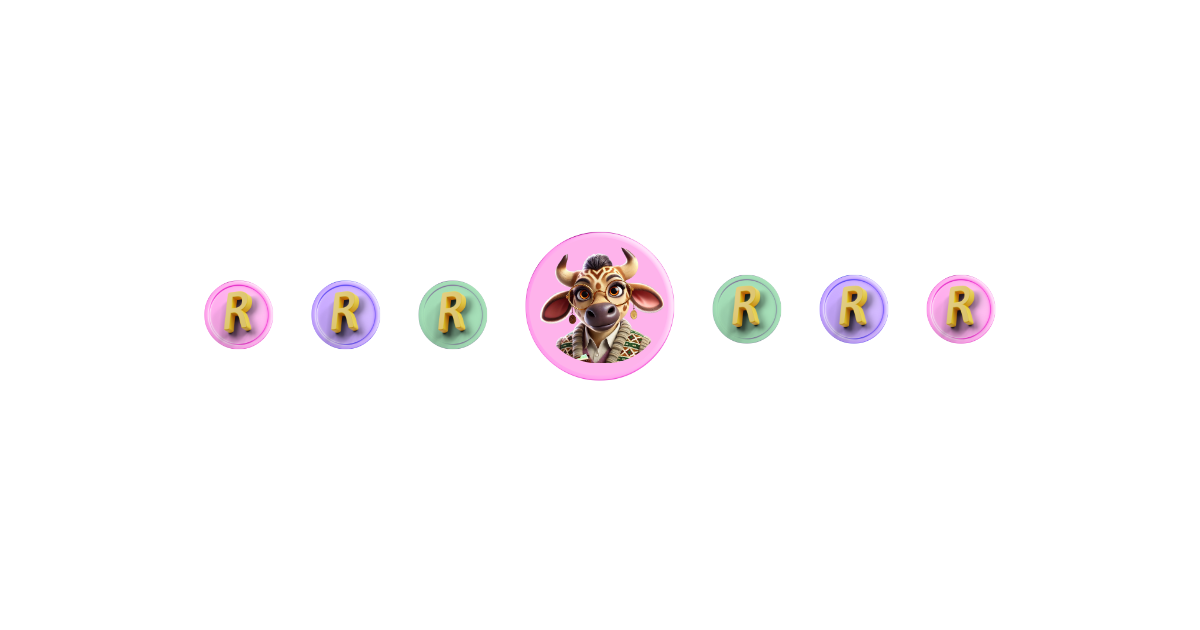

A super easy way to teach kids to manage their pocket money through habits, reflection, and fun tools that build confidence, values, and financial smarts for life
Pocket money can be about so much more than just giving your child a few coins or notes each week, so they have their own walking around money and don't bother you to buy them stuff every other day.
It’s one of the most hands-on, impactful ways that kids can start to understand how money works in the real world.
When kids have actual money to manage (not just watch you manage), those all-important money lessons start to stick, becoming real, tangible, and memorable.
And there’s research to back it up: children who regularly receive pocket money often develop stronger financial literacy skills later in life.
So, while pocket money might seem like a small habit today. It can make a big difference in their financial situation tomorrow.
A Mindset to Cultivate: It’s About Guidance, Not Control
Giving your child pocket money doesn't mean you need to micromanage every cent. It better way to look at it is that it’s an opportunity to mentor your child through small money decisions in a safe, low-pressure environment.
Think of it like a coaching opportunity. Let them try, let them fail, and then be there to help them make sense of it all. And if they end up spending it all on sweets in one go? That’s a conversation waiting to happen.
You can ask them open-ended questions like:
• “Was it worth it?”
• “What would you do differently next time?”
These simple check-ins help your child reflect, which in turn builds real-life skills like problem-solving and decision-making.
So the mindset is that you’re not simply handing over cash, but extending trust, responsibility, and most importantly, room to grow.
A Habit to Form: Review the Spend
Do you want to make pocket money even more powerful? Create a weekly “money check-in.”
Sit down with your mini millionaire and chat about how they’ve used their pocket money. And not only what they spent it on, but how they felt about those choices.
Ask them helpful questions like:
• “Was it a good decision?”
• “Would you do the same next time?”
• “Will this still matter to you in a week/month/year?”
By keeping things light and curious (never critical), this becomes a moment of bonding and reflection. You’re helping your child build their money mindset and their ability to plan ahead, which are two financial superpowers in disguise.
Remember you’ve got to look back before you move forward.
A Tip to Try: Define the “Why” First
Before any pocket money changes hands, discuss the why behind it.
• Is it a weekly allowance?
• Is it tied to specific chores?
• Is it a reward for going above and beyond?
There’s no one-size-fits-all approach, and that’s okay. What matters is that your system is consistent and that your child knows what to expect. So be really clear about what’s standard (e.g., helping with dishes) and what might earn them a little extra.
This helps connect pocket money to your family’s values, rather than just making it about earning and spending.
This way, it’s all about the “why,” not the wallet.
A Downloadable to Use: Give Their Money a Map
Before the first Rand hits their pocket, help your child decide where their money is going. Our Money Map is a fun, visual tool that helps them divide their pocket money into four simple categories:
• Spend (Read this if you want to know how to teach kids smart spending habits.)
• Save (Read this if you'd like to learn how to teach kids to save.)
• Share (Learn how to teach kids about sharing.)
• Sow (for future growth)
For younger kids, use jars or envelopes with pictures to represent each bucket. It makes budgeting real and age-appropriate.
Want to take it further? Break the Spending bucket down even more.
Talk about what they’ll buy, how much it costs, and whether they might need to wait a few weeks to afford it.
This approach teaches your child that money has multiple jobs, not just one.
